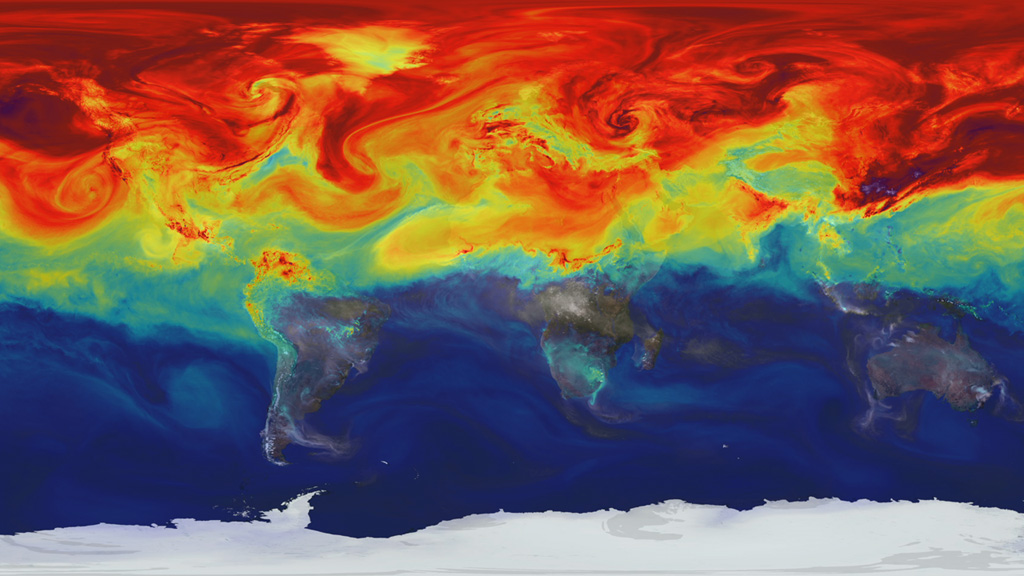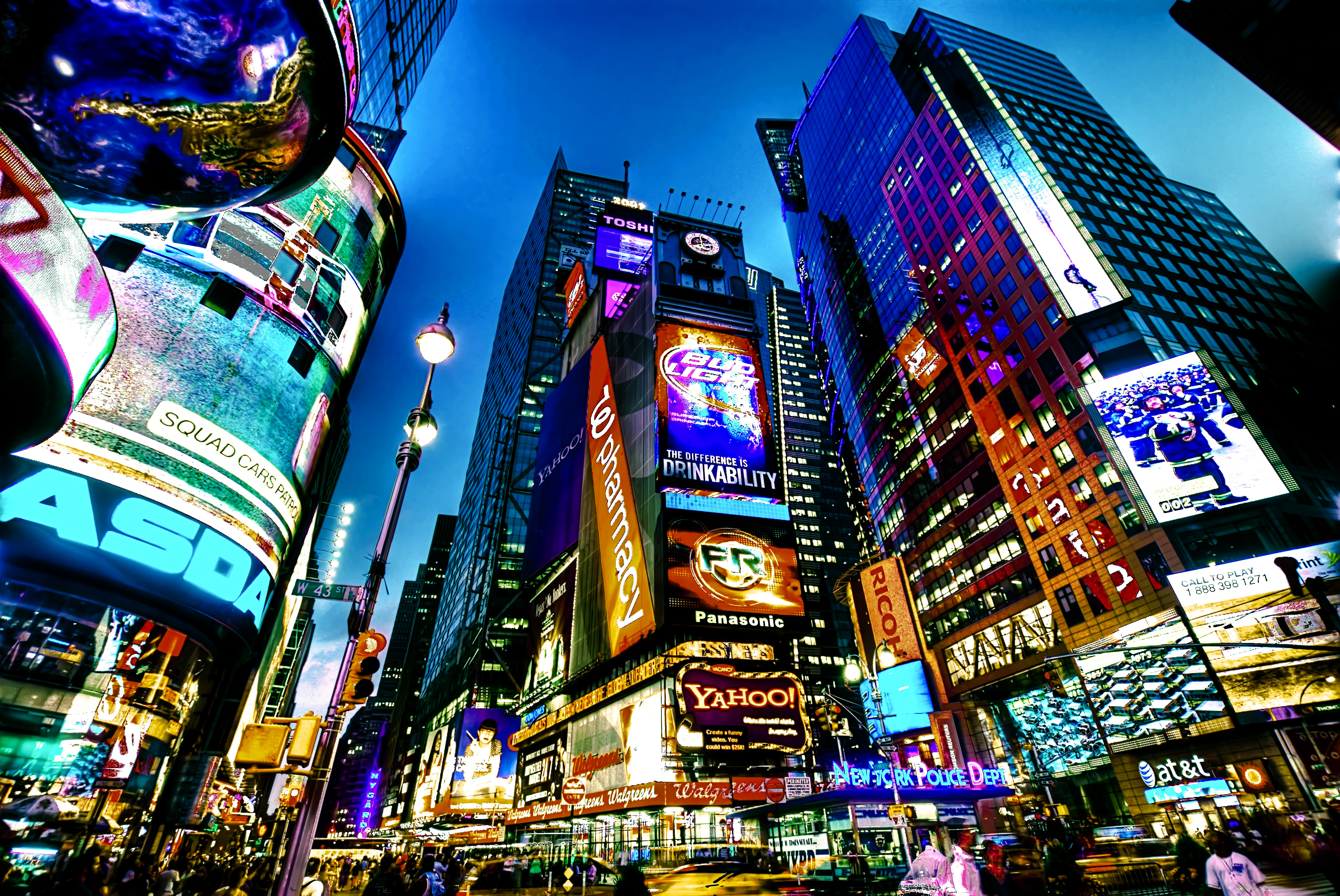
Fifty years ago, someone grabbed a camera and changed history. NASA Apollo 8’s crew was to orbit precisely 10 times while photographing the surface of the moon, as a field study for the Lunar Landing mission. It was 1968: before digital photography, a crew could carry only so much film – all of it was to be used for lunar surface documentation.
For hours, only the occasional click was heard as the spacecraft hovered above the lunar surface, snapping photos of the topography of the moon. There was not much to look at: gray gravely surface cloaked by a dark sky. Then, suddenly, as Apollo 8 completed the first circle of the moon, an orb of blue and green surrounded by swirling clouds appeared in the module window. It was Earth.
We shall not cease from exploration, and the end of all our exploring will be to arrive where we started and know the place for the first time.
T.S. Eliot, “Little Gidding,” Four Quartets.
When Frank Borman, James Lovell, and William Anders looked out the spaceship module’s window, three voices whispered astonishment in unison. Anders grabbed the camera. “Hey, that’s not our authorized mission; we’ve only carried designated film,” said the commander. The three stared at each other in a wild surmise. Then, all three nodded in assent. Anders, mission’s official photographer, captured the first view that humanity ever saw of our own Earth.
To call it a selfie would be to trivialize it. Earthrise, as the photo came to be called, snapped history into a new era. “It was credited with awakening the modern version of the environmental movement,” according to former American Vice President and environmental leader Al Gore; author of An Inconvenient Truth. “You don’t see cities, you don’t see boundaries, you don’t see countries,” stated mission commander Frank Borman. The first Earth Day followed. World water laws developed further; in the United States, the Colorado River Compact updated environmental provisions; new policies like the Clean Water Act and Clean Air Act set new standards.
But where are we now, fifty years later? Hope for our planet’s blue and green miracle is narrow but not impossible. Many governments are setting new goals to save the climate before it is too late, bringing the Paris Agreement COP21 to shared measurement standards at COP24. Cities and states are taking matters into their own hands. Businesses and industries, including aerospace, shipping, and fashion, are setting global supply chain standards to reduce emissions. In response to changing markets, innovations are developing at a pace that some find encouraging. Clean energy jobs are growing faster, and more profitably. There could be trouble, but there is a narrow window of success possible. If we too see the vision in the photo, words of Borman and Anders might ring true: “Got it?” “Yep.”
Watch the video. Apollo 8 took the Earthrise photo on December 24, a half century ago. So, today is a kind of Golden Anniversary. Is it time to renew our vows?
“Colorado River Basin Salinity Control Act,” 1974. http://usbr.gov/lc/region/pao/pdfiles.crbsalct.pdf
NASA.”Earthrise.” https://apod.nasa.gov/apod/ap181224.html.
Vaughan-Lee, Emmanuel, director, and Adam Loften, producer: “Earthrise.” Go Project Films. http://goprojectfilms.com
Wall, Mike. “This New ‘Earthrise’ Photo from NASA Is Simply Breathtaking.” 21 December 2015. Space.com. https:///www.space.com/31422-earthrise-photo-nasa-moon-probe.html/
Wright, Ernie. “Earthrise” – visualizations created for the 45th anniversary, released on 20 December, 2013. Includes extensive downloadable videos showing the actual cloud pattern on Earth at the moment. There is link to Wright’s presentation at SIGGRAPH Vancouver. NASA, Scientific Visualization Studio. http://www.nasa.gov/content/nasa-releases-new-earthrise-simulation-video/.
Building the World Blog by Kathleen Lusk Brooke and Zoe G Quinn is licensed under a Creative Commons Attribution-NonCommercial-NoDerivs 3.0 Unported Lice













